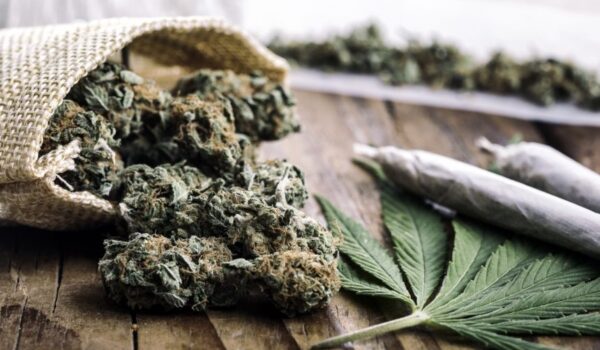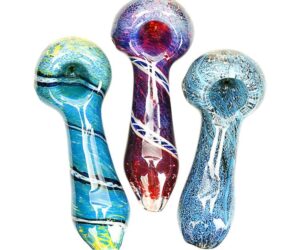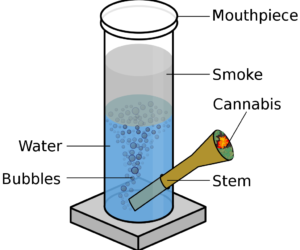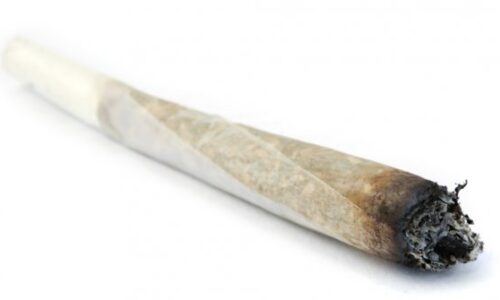When it comes to cannabis consumption, the second-most important consideration, after the flower itself, is the delivery method. This point is often overlooked, as evidenced by the prevalence of consumers who have limited their experimentation to only one or two methods. If you find yourself within this category but aspire to become a comprehensive cannabis aficionado, let this be your checklist. Gaining the mental and physical benefits of cannabis is largely dependent upon how it’s consumed, with each method providing a unique experience and host of effects. Who knows — you could find a new favorite. Let the exploration begin!
There are three basic delivery methods: inhalation, oral, and topical. Under these umbrella methods are various techniques that serve unique functions, each appropriate for different occasions.

Inhalation Delivery Methods
When cannabis is inhaled, the gases enter the lungs before absorbing into the bloodstream. There are currently two prevalent types of inhalation methods: smoking and vaporization.
Different Ways of Smoking Cannabis
This ancient custom is the method most commonly associated with cannabis, and there are many different ways for consumers to smoke. Advances in vaporization technology, however, have offered smokers an alternative method with fewer health concerns. The effects associated with smoking are widely debated, but health professionals are in agreement that smoke-free methods pose less risk and are medically preferred.
Cannabis smokers have a wide array of devices at their disposal, including hand pipes, water pipes, rolling papers, hookahs, and homemade one-time use devices. Each of these provides different experiences and influence the grade of smoke inhaled.
Hand Pipes
These are probably the most common smoking device in circulation today and generally favored for their convenience: they are small, portable, and simple to use. Hand pipes have grown into an artistic expression and are available in countless creative forms and styles, both for decoration and functionality (such as disguise pipes that imitate everyday objects). Hand pipes operate by trapping the smoke produced from burning cannabis, which is then inhaled by the user.
Water Pipes
Water pipes come in slightly different variations, including but not limited to bongs and bubblers. Like hand pipes, these come in a variety of styles and designs but increase in sophistication by incorporating water. The health benefits associated with the addition of water are up for debate: water cools the smoke, but it’s uncertain whether it acts as an effective filter for harmful constituents.
Rolling Papers
Generally, these are used to smoke joints or blunts. Joints are cannabis rolled in a paper, the composition of which varies across an assortment of plants including but not limited to hemp, bamboo, and rice. Blunts are cannabis rolled in cigar paper made from the tobacco plant and contain nicotine. Blunt consumers often prefer the flavor and combined effects of the nicotine and cannabis; however, the medical risks linked to nicotine deter most health-conscious cannabis consumers.
Vaporization
Vaporizers are the logical choice for moderate to experienced and/or health-conscious cannabis consumers. A vaporizer steadily heats herbs to a temperature that is high enough to extract THC, CBD, and other cannabinoids, but the temperatures are too low for the potentially harmful toxins that are released during combustion. Essentially, vaporization minimizes the health risks associated with smoking. This improvement comes with an equally significant reduction in odor, which is generally the first acknowledgement of first-time vaporizer users. There is a diverse landscape of vaporizer models and the market is only expanding as the technology improves.



Oral Delivery Methods
Oral delivery includes all techniques that are administered through the mouth, including tinctures, ingestible oils, and infused food/drinks. We most often assume that oral delivery denotes ingestion through the digestive tract before entering the bloodstream, but this is not always the case. Tinctures are essentially a topical application that is administered through the mouth, and they are immediately absorbed into the bloodstream unlike edibles or drinks.
Tinctures
Tinctures are a liquid cannabis extract used by consumers looking for dosage control and fast-acting effects without the health risks associated with smoking. Most commonly, alcohol is used as the solvent (any proof greater than 80 can be used effectively), but other fat-soluble liquids can be used as well, such as vinegar or glycerol. Generally, three or four drops of the tincture are placed under the tongue, where it’s absorbed into the body versus swallowed and digested. When ingested, tinctures are immediately absorbed in an empty stomach but require time to process through the liver, reducing dosage control.
Ingestible Oils
Ingestible oils are a happy medium between edibles and concentrates: they are swallowed and digested like an infused product, but often have the consistency of oil. These oils can either be eaten or put in easily-ingested capsules. One popular oil is Rick Simpson Oil (RSO), which originated in 2003 when Simpson used concentrated cannabis to treat his skin cancer. RSO is made by extracting the therapeutic compounds of cannabis with alcohol and then evaporating the solvent, leaving behind a tar-like substance resembling oil.
Edibles
Eating or drinking cannabis provides significantly different effects from delivery methods that immediately enter the bloodstream, such as smoking or vaping. Edibles can be defined as any food that contains cannabis, whether or not the cannabinoids are bioavailable. These products have longer onsets and tend to cause powerful full-body, psychoactive effects.
Infused food and drinks can be made a variety of ways depending on the dish. Most often, edibles are infused with a staple infused ingredient high in fat — like butter or olive oil — that enable extraction of the plant’s therapeutic properties. Adding tinctures to dishes is another great option for dosage control and simplicity. Generally, cooking with cannabis flower can be difficult because of the complication associated with cannabinoid activation (including sensitive heating temperatures and times, and sufficient solvent fat). However, as the prevalence of cannabis grows, so does the presence of flower in the kitchen.

